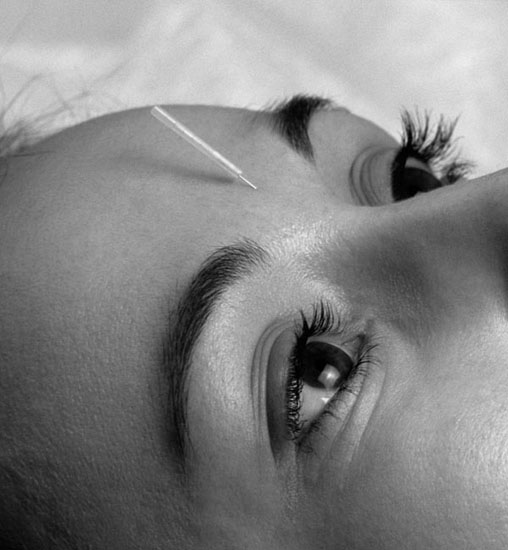Seasonal Affective Disorder, a variety of depression, is a debilitating problem that interferes with the quality of life of thousands of people, especially during the fall, winter, and early spring months when there is less light than in the summer months. This syndrome seems to be a worldwide phenomenon occurring cross-culturally, especially in countries not close to the equator. Clinical symptoms that reappear regularly with the seasonal changes include lethargy, difficulty concentrating, depression, negative thoughts, elevated cravings for carbohydrates with corresponding overeating and weight gain, hypersomnia (excessive sleepiness), tiredness in the morning, diminished libido, and decreased social interaction. Patients typically become more anxious by the end of the summer as they anticipate the coming months, during which time less sunlight is present and their symptoms return. Clinical experience with patients reveals that they may have other mental problems as well, such as substance abuse disorders, personality or anxiety disorders, which, as co-morbid factors, further exacerbate the degree of the SAD patient’s symptoms.
Flaws and Lake1 define SAD as, “a variant of bipolar disorder characterized by cyclic manic, depressive or mixed mood states that are somehow triggered by external clues to changing seasons, including principally, increased or decreased day length. Individuals with SAD tend to become depressed during the autumn months and manic during the springtime.” This is a complicated disorder that may accompany many severe illnesses, such as cardiovascular and endocrine disease and for which a patient should seek qualified professional help. Seasonal Affective Disorder does however, respond well to treatment with Oriental medicine.
My personal approach is to use acupuncture, herbs, and lifestyle modifications to address the disorder. While there is a core group of symptoms that patients share, each patient has their own medical history and clinical manifestations, mental or physical illnesses. If we treat the pattern that emerges, that is, differentiate and individualize the treatment, the best results are obtained.
There are many acupuncture points from which to choose to construct a treatment but in this chapter I will list some of my preferred points, their physiological energetics, and corresponding needle techniques. However, before selecting points, there are some general guidelines that can help structure the treatments:
- Keep treatments simple by addressing the root of the disorder instead of treating symptoms.
- Begin treatment at any point, however, the summer is ideal. By doing so, there is a good chance that the practitioner can break up the cyclic pattern of symptoms so that they are reduced or even eliminated before the problematic seasons arrive.
- Treat the patient one to two times a week depending upon which interval works best for them and in light of the degree of their symptoms.
Personally, I have found the primary point in the treatment of Seasonal Affective Disorder to be yin tang. Yin tang is located at the glabella, between the medial ends of the two eyebrows (see Fig. 13.1. Deep and posterior to the pituitary gland, at the base of the hypophysisis, lies the pineal gland, which responds to light and seasonal changes. When light level sare low the pineal gland secretes melatonin, a hormone that it also manufactures, which is involved in the regulation of sleep and mood disorders. Melatonin has the effect of sedating the body and promoting sleep. Hence, during seasons of low light the pineal gland constantly produces melatonin and a sleepy state is induced. By needling yin tang, the pineal gland can be stimulated such that both lethargy and depression are decreased.
Insert a thin needle such as a # 1 (36 g) needle through the point by threading it subcutaneously downward at a depth of 0.3 to 0.5 in. Moxa is cntraindicated. If inserted painlessly and accurately, patients love the effect of this point. Many patients have reported to me that they believe it has changed their mindset, alleviated depression, allowing them to be more relaxed yet invigorated. One of my patients referred to the feeling of this point as “heaven” as soon as I would needle it.

Stay updated, free articles. Join our Telegram channel

Full access? Get Clinical Tree






